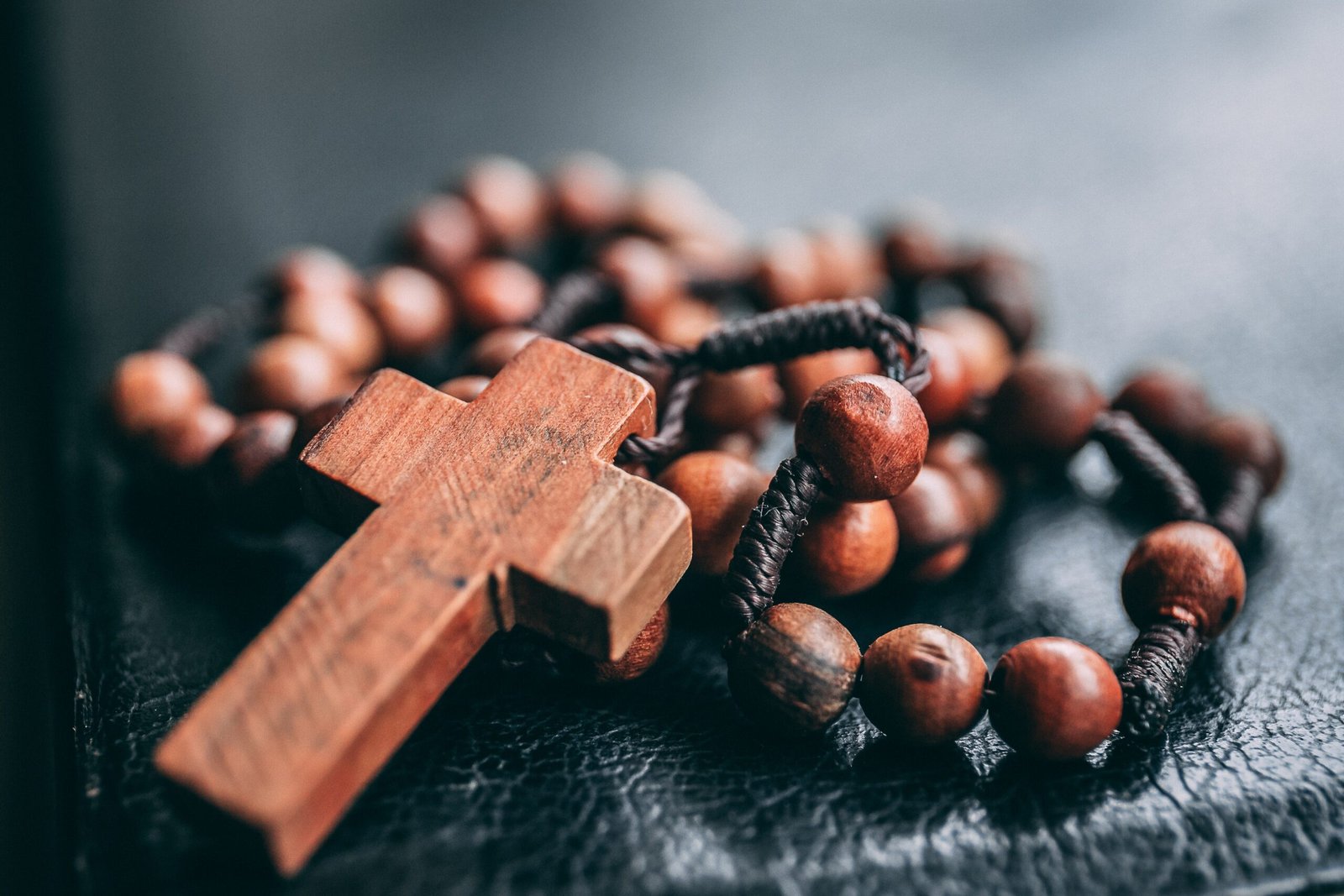Religion and LGBTQ inclusivity have long been seen as opposing forces, with many religious institutions historically condemning and marginalizing the LGBTQ community. However, in recent years, there has been a noticeable shift in perspectives within various religious communities, leading to a more inclusive and accepting approach towards LGBTQ individuals. This article explores the evolving perspectives on religion and LGBTQ inclusivity, highlighting the progress made and the challenges that still lie ahead.
Understanding the Historical Context
To understand the evolving perspectives on religion and LGBTQ inclusivity, it is important to acknowledge the historical context. For centuries, many religious traditions have held conservative views on gender and sexuality, often interpreting sacred texts in ways that condemned same-sex relationships and gender non-conformity. These interpretations have contributed to the marginalization and discrimination faced by LGBTQ individuals within religious communities.
The Shift Towards Inclusivity
Despite the historical opposition, there has been a growing movement within various religious traditions towards LGBTQ inclusivity. Many religious leaders and communities have started reevaluating their interpretations of sacred texts and questioning traditional beliefs that exclude or harm LGBTQ individuals.
Some religious denominations have taken significant steps towards LGBTQ inclusivity by affirming same-sex relationships, allowing LGBTQ clergy, and conducting same-sex marriage ceremonies. These progressive religious communities prioritize love, acceptance, and equality, recognizing that all individuals, regardless of sexual orientation or gender identity, are deserving of dignity and respect.
Interfaith Dialogue and Collaboration
Another important aspect of the evolving perspectives on religion and LGBTQ inclusivity is the increased interfaith dialogue and collaboration. Religious leaders from different faith traditions are coming together to discuss and address the challenges faced by LGBTQ individuals within religious contexts.
Interfaith organizations and initiatives are working towards fostering understanding, empathy, and support for LGBTQ individuals, while also promoting religious freedom and diversity. These collaborative efforts are crucial in creating safe spaces for LGBTQ individuals within religious communities and challenging the harmful narratives that have perpetuated discrimination.
Challenges and Progress
While there has been significant progress in the journey towards LGBTQ inclusivity within religious communities, challenges still exist. Some religious institutions and individuals continue to hold onto conservative beliefs and resist change, perpetuating discrimination and exclusion.
Overcoming these challenges requires ongoing dialogue, education, and advocacy. LGBTQ-affirming religious leaders and organizations play a crucial role in challenging harmful interpretations of sacred texts and promoting inclusive theology. They provide support and guidance to LGBTQ individuals who may be struggling with their faith and sexual orientation or gender identity.
Furthermore, it is important to recognize that LGBTQ individuals can have diverse religious and spiritual experiences. Many LGBTQ individuals find solace and support within their religious communities, while others may choose to distance themselves from organized religion altogether. Respecting and honoring these diverse experiences is essential in fostering a truly inclusive and accepting environment.
The Importance of LGBTQ Inclusivity
LGBTQ inclusivity within religious communities is not only important for the well-being and dignity of LGBTQ individuals but also for the overall growth and relevance of religious institutions. Embracing diversity and inclusivity allows religious communities to better reflect the values of compassion, love, and acceptance that are at the core of many religious traditions.
By actively engaging with LGBTQ inclusivity, religious institutions can attract and retain a younger generation that values equality and social justice. It also allows them to contribute to the larger societal movement towards LGBTQ rights and equality.
Conclusion
The evolving perspectives on religion and LGBTQ inclusivity signify a positive shift towards acceptance, love, and equality within religious communities. While challenges remain, the progress made in recent years is a testament to the power of dialogue, education, and advocacy. By embracing LGBTQ inclusivity, religious institutions can create spaces of belonging and affirmation for all individuals, regardless of their sexual orientation or gender identity.










